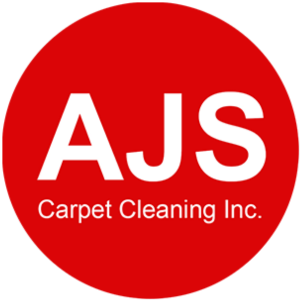Stain Protection After Carpet Cleaning
Steps To Take For Stain Protection On Your Carpet
What is The Best Fabric Protector?
Stain protection after carpet cleaning and rug cleaning, is necessary in order to completely restore the original protective coating on the carpet fibers. This coating is usually applied by the manufactures to provide soil and stain resistance, and water repellant properties to the fabric. Such a coating however, is not permanent and will deteriorate with time, wear, and chemical reactions.

Proper stain protection after carpet cleaning acts like a wax coating on your car and will:
- Form an invisible shield which will resist staining by oils and grease
- Provide a water repellant coating
- Prevent soils or stains from adhering to the carpet fibers
- Prevent dyes from sticking to dye sites, especially on nylon carpeting
There are different kinds of stain protectors though, and not all are equally effective or appropriate for use on your carpet. Generally, the two types of protectors commonly used today are silicones or fluorochemicals. Silicones are cheaper, and are mainly used for water stain resistance.
Fluorochemicals are more expensive but have outstanding characteristics that will make your carpet resistant not only to water based spills, but also to oil based liquids and all kinds of dirt and soils. Avoid silicone based protectors, unless cost is a major concern.

Author
Victor Nugent
Owner and President of AJS Carpet Cleaning, Inc. with over 20 years experience in the Carpet Cleaning business
Recent Posts
Categories
Have Any Question?
Please feel free to contact us if you need any further information
-
Call (801) 368-0705 -
[email protected]


Foreign material like dry dirt or soils which may fall unto carpets treated with fluorochemical protectors, will usually remain on top of the fibers, and may be vacuumed off rather easily. Liquid spill may also be removed easily if they are spotted immediately. Blotting with a towel soaked with plain water, will usually suffice.
There are two types of fluorochemical protectors – water based, and solvent based. The water based type is suitable for application on carpet, while solvent based protectors are generally used on upholstery fabrics.
There are certain drawbacks though. Certain chemicals and reagents may cause deterioration of the carpet protection, and contact with your carpet fibers after protection should be limited or avoided altogether.

Below is a short list:
- Insecticides
- Bleaches and other chlorinated compounds
- Antistatic compounds
- Acme medications
- Chemicals with a pH below 6 or above 10 (strong acids or alkalis)
- Liquid fabric softeners
- Dry solvent cleaners
- De-foamers
Also, chemical residues from carpet cleaning solvents must be washed out and extracted completely, or they will cause a reduction in the soil resistance properties of the carpet protector. Your best bet is to get the advice of an experienced carpet cleaning professional. You will most likely be quoted on a top of the line fluorochemical protector.
As stated before, this will be relatively expensive, but it will be worth it. Your carpet will remain clean for longer, with just light vacuuming and sensible spot and spill management. You will be able to have clean carpets for longer deep steam cleaning intervals, and the life of your carpet will be extended.
Besides that, you will be meeting all the carpet manufacturer’s warranty stipulations, and conforming to their guidelines. Carpet cleaning and maintenance will be just that easier overall.
Please remember to check your carpet warranty to see what is excluded from your warranty. You could save a lot of money by just following these few simple precautions.
For more information call 801 368-0705 or visit our website at AJS Carpet Cleaning, Inc. or Utah County Carpet Cleaning
